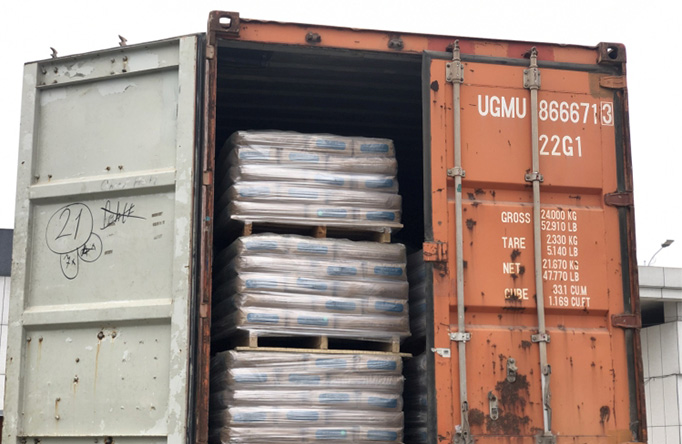Reason analysis and countermeasures of lining spalling of medium frequency induction furnace
In industrial furnaces, especially in kilns that use unshaped refractory materials as the lining, lining spalling is one of the key factors that cause the kiln to stop and shorten the service life. In the following, an medium frequency induction furnace is taken as an example to analyze in detail the reasons for the spalling of the induction furnace lining and the countermeasures.
Analysis of the mechanism of lining spalling defects
- Flaking off the furnace lining caused by water vapor
At 100°C and a standard atmospheric pressure, the specific volume of water is 0.00104344m3/kg (liquid), 1.6736m3/kg (steam). Therefore, the volume expands 1618 times after changing from water to water vapor.
If the moisture content of the lining material is too high or damp, the preforms and coil slurry are replaced and the moisture is not completely baked and drained. When the lining is sintered after knotting, the excessive heating will cause damage to the crucible The absence of vent holes in the mold causes the large amount of water vapor generated in the furnace lining to be unable to be quickly discharged and pressurized, and finally breaks through the surface of the sintered layer of the lining, causing the surface of the sintered layer of the lining to be ejected and peeled off.
- Furnace lining peeling caused by mechanical damage
In the initial stage of the sintering of the first furnace, the sintered layer has not been able to build strong strength and is not thick enough. If a large piece of charge is added to the furnace, it will cause the furnace to hit the furnace lining, which will easily cause the furnace lining to “forced” to peel off.
- Flaking of furnace lining caused by different expansion coefficients
This phenomenon often occurs at the junction of molten iron and non-infiltration on the hot surface of the furnace lining. The interface between the infiltrated hot furnace lining and the non-infiltrated cold furnace lining is separated due to the difference in expansion coefficient during the change of the thermal cycle.
- Flaking off the furnace lining caused by the sharp change of cold and heat
The rapid changes in hot and cold temperatures exceed the thermal shock resistance and crack bridging capabilities of the furnace lining.
- Furnace lining peeling caused by stress
This situation usually occurs at the bottom of the furnace. In the middle and late stages of the life of the furnace lining, the periphery of the furnace lining is corroded. When the bottom of the furnace bottom is uneven, the expansion stress after the furnace lining is heated will cause the furnace lining to burst and peel off.
Countermeasures for lining spalling defects
The spalling of the furnace lining is mainly caused by water vapor and stress, and the others are supplemented.
Therefore, for moisture, the newly repaired coil cement before the lining of the furnace and the replaced preforms can be set up in the furnace after the crucible mold is heated by an electric furnace and baked at a high temperature to completely exhaust the crystal water and water vapor; after purchase The lining material should be used as soon as possible and moisture-proof measures should be taken to prevent the lining from regaining moisture; before the furnace is built, the coil should be tested for water pressure to prevent micro-leakage of the internal circulating water, causing moisture to enter the furnace lining, and the temperature rise should be slow during the sintering operation, and The crucible mold must have vent holes to ensure the normal overflow of water.
For other types, small lump pig iron should be used when feeding the cold room, and large lump can not be used to violently hit the cold furnace lining; at the same time, the appropriate lining material knotting method and baking process should be selected and put into the crucible mold fore furnace The bottom must be at a good level to prevent stress spalling.
The main raw material of the lining produced by Shandong Huaxin Electric Furnace is quartz, with a silicon content of 98.5%. In addition to microcrystalline quartz, a series of imported composite refractory powders, such as high temperature resistant adhesives, anti-quenching heat stabilizers, anti-seepage agents, and anti-cracking agents, are added. According to the furnace temperature, mix the materials with an appropriate amount of mineralizer in an ideal ratio. It can be used to smelt pig iron, ductile iron, gray iron, carbon steel, alloy steel, copper, aluminum and other metals. It is used in intermediate frequency electric furnaces in steel foundries. New and old users are welcome to order and use.


